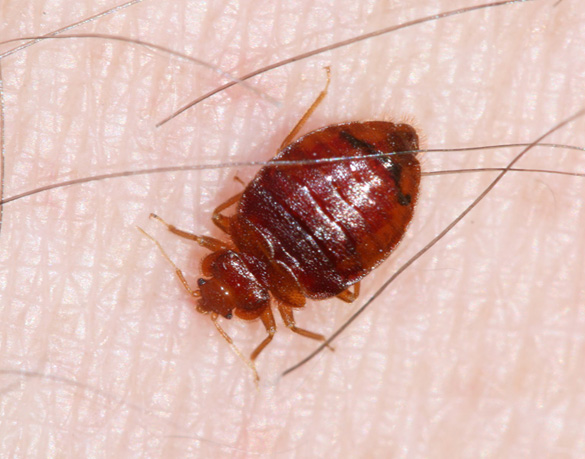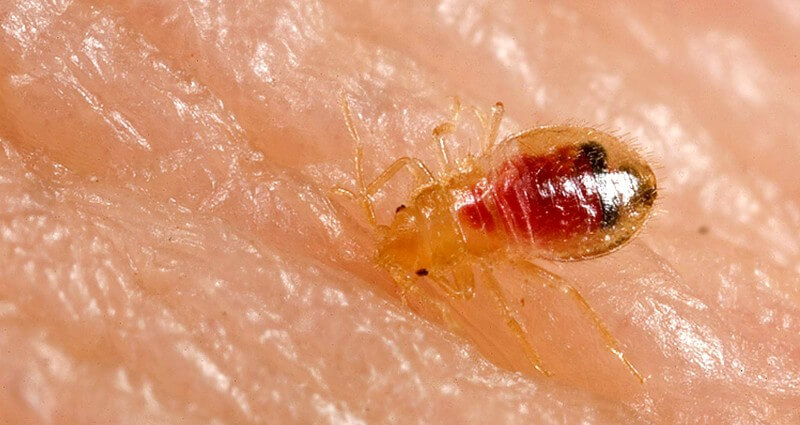Reliable Kings Pest Control Cincinnati Ohio: Trusted Solutions
Reliable Kings Pest Control Cincinnati Ohio: Trusted Solutions
Blog Article
Types of Pest Control: Which Method Is Right for Your Invasion?
When encountered with a bug infestation, the choice of an ideal technique for insect control is vital in successfully handling the circumstance. By exploring the various types of insect control techniques offered, individuals can make informed choices tailored to their special scenarios, guaranteeing an extra sustainable and efficient end result in parasite elimination.
Chemical Insect Control
Chemical insect control includes making use of artificial or naturally acquired chemicals to handle and remove pest populaces effectively. This technique is generally utilized in agriculture, forestry, and household settings to deal with a wide variety of insects, including bugs, rats, and weeds. Making use of chemical pesticides can provide fast and targeted options to pest problems, making it a preferred selection for numerous individuals and services.
Among the key benefits of chemical parasite control is its capacity to promptly eliminate parasites, minimizing the danger of damages to plants, home, and human wellness. By utilizing certain chemicals that target specific insects, this approach can effectively regulate invasions while reducing damage to advantageous organisms and the setting when applied appropriately.
Nevertheless, the usage of chemical bug control likewise elevates concerns regarding prospective negative effects on non-target varieties, water resources, and human health. It is critical to adhere to security standards, apply chemicals responsibly, and consider alternate bug control approaches to lessen these threats and make sure sustainable parasite administration practices.
Biological Insect Control
Organic insect control, likewise called biocontrol, utilizes living microorganisms to minimize and manage parasite populaces naturally. This technique uses the power of nature to control parasites without the demand for synthetic chemicals. Biocontrol can involve the introduction of natural opponents of the insect species, such as bloodsuckers, predators, or microorganisms, to reduce insect populations. By utilizing the parasite's natural predators or microorganisms, biological bug control uses a eco-friendly and sustainable service to pest monitoring.

Mechanical Insect Control
Utilizing hands-on and physical techniques to manage parasite populaces, mechanical insect control uses an alternate technique that does not count on making use of living microorganisms or artificial chemicals. This approach includes using barriers, traps, or various other devices to physically hinder or eliminate pests. By blocking parasite entrance factors or establishing catches to catch them, mechanical insect control can effectively minimize problems without introducing chemicals right into the atmosphere.
One usual example of mechanical insect control is making use of mesh screens on doors and home windows to stop bugs from entering structures. This simple yet effective method works as a physical obstacle, maintaining parasites out while enabling proper air flow. Furthermore, gadgets like mousetraps, fly swatters, and ultrasonic repellents fall under the mechanical insect control category.
While mechanical insect control techniques can be labor-intensive and need regular tracking and maintenance, they provide a ecologically pleasant and lasting service for taking care of bug problems. By combining various mechanical techniques, residential property proprietors can create an extensive bug control strategy that lessens dependence on chemical pesticides.
Physical Bug Control

Some typical physical parasite control techniques consist of making use of obstacles such as webs or screens to prevent insect entry, catches to record and get rid of parasites, and hand-picking to literally get rid of insects from plants or structures. Additionally, strategies like warmth treatments can be used to manage pests like bed insects by increasing the temperature to degrees that are dangerous to the bugs.
Physical insect control is specifically valuable in incorporated parasite management (IPM) approaches, where several bug control methods are incorporated for effective bug administration while decreasing making use of chemicals. By utilizing physical parasite control techniques, people can efficiently resolve bug infestations with minimal ecological impact.
Integrated Bug Monitoring
When carrying out physical insect control techniques as part of insect administration approaches, Integrated Pest Management (IPM) becomes a thorough method that leverages different methods to properly control pest populaces. IPM concentrates on long-term prevention of bugs with a mix of biological, social, physical, and chemical tools tailored to details bug problems. By integrating several control strategies, IPM intends to lessen the risks connected with parasites while likewise reducing reliance on chemical solutions.
One trick aspect of IPM is the emphasis on monitoring visit the site and evaluating pest populations to establish one of the most suitable control methods. This aggressive approach permits very early treatment and targeted techniques, causing much more reliable parasite monitoring. In addition, IPM promotes eco-friendly practices by focusing on non-chemical control approaches and only using pesticides as a last hope.
Final Thought

By utilizing the parasite's natural killers or pathogens, biological insect control offers a eco pleasant and sustainable remedy to pest monitoring. - Kings pest control cincinnati oh
Utilizing hands-on and physical techniques to handle bug populaces, mechanical insect control offers a different approach that does not rely on the usage of living organisms or synthetic chemicals.An efficient technique to taking care of insect populations termite pest control without counting on chemical or like this biological methods includes the usage of physical insect control techniques.When carrying out physical pest control approaches as component of bug monitoring approaches, Integrated Bug Management (IPM) emerges as a detailed strategy that leverages numerous techniques to effectively control pest populaces. Chemical bug control includes the usage of pesticides, biological bug control utilizes all-natural killers, mechanical bug control includes physical barriers, physical parasite control consists of trapping or eliminating insects, and incorporated bug administration incorporates multiple approaches for an alternative strategy to pest control.
Report this page